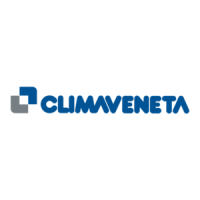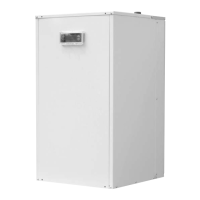Why is my CLIMAVENETA BRH 0101 FF not starting?
- TTimothy McdonaldAug 13, 2025
Your CLIMAVENETA Chiller might not be starting due to several reasons. There could be no voltage, in which case you should check the presence of voltage and safety systems upstream of the appliance. Alternatively, a contactor coil, the HSW12 controller, or the start-up capacitor (if featured) might be faulty, requiring component replacement. Other potential causes include a faulty compressor or reversed phases (for three-phase units).


